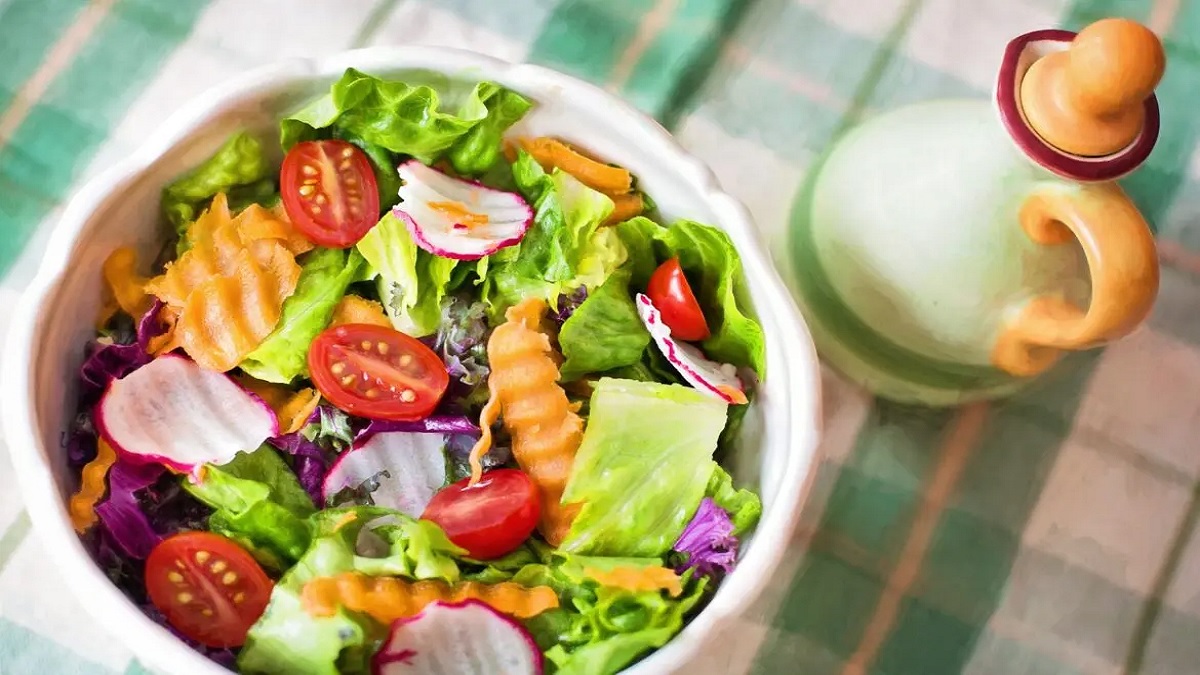Losing weight is such a hustle for anyone who loves food. The thought of giving up on eating one’s favorite food hampers him from even trying to lose weight. But if you are told a simple and sustainable method of losing weight, you might find it easier to kick start your weight loss journey. “Eat less and exercise more”, this is one of the rudimental idea behind any plan you follow to lose weight. But how less do you need to eat is the actual question. Energy that comes from the food that we eat is measured in calories. Every individual has a different caloric requirement, based on his height, weight, Basal Metabolic Rate (BMR), gender and physical activity. Diet specialists or the dietitians design customized diet plans for every person by balancing the calories.
How to know your caloric need
In order to determine that how many calories you need to consume per day, evaluate your physical activity levels. On an average, a moderately physically active person requires around 2000-2500 calories per day, but this is just a rough calculation. You can calculate your caloric requirement by multiplying your current body weight by 15, it will give you an estimate of calories you need to maintain your current weight but if you want to lose weight you will have to consume lesser calories than the total. For example, for a female weighing around 145 pounds needs 2,175 calories (145×15) to maintain this weight. Now in order to lose weight you must know how much weight do you want to lose in a week. Losing 1 to 2 pounds per week is a healthy weight loss range.
Weight experts suggest that for losing 1 pound of weight you need to cut down approximately 500 calories per day that makes 3500 calories in a week. Similarly, to lose 2 pounds in a week you are suppose to reduce 1000 calories from your maintenance calories per day and 70000 calories per week. So according to this calculation a person whose caloric requirement is 2100 calories, will need to eat almost 1600 calories to shed a pound of weight in a week. But this calculation is for people who do physical activity for at least 30 minutes a day. For those having a sedentary life style are recommended to incorporate physical activity in their daily routine to accelerate the process of weight loss.
Read More: How Intermittent Fasting Can Help You Lose Weight? – About Pakistan
Which foods to eat?
There is a freedom of choice to have anything that fits within your caloric window. But if you opt for adding foods that are rich in nutrients and low in calories that will catalyze the fat burning process. The best way to eat in a caloric deficit is to control the portion of the food in your plate. Randomly controlling the portions might not balance your nutrients so to keep a track of nutrients, researchers have come up with a technique of portion control that includes all the food groups in one’s diet while still maintaining a caloric deficit. That technique ensures the inclusion of all major food groups in diet. These food groups are Carbohydrates, Proteins, Dairy, Fruits, Fats and vegetables. Here is the detail of how much from each group should a person eat in a day to lose weight.
Carbohydrates
Carbohydrates is the major energy source of the body so it should be taken in sufficient amount to meet the energy needs of a person. Most of the fad diets exclude the carbohydrates completely from a person’s diet which is considered as a wrong practice since it causes a person to develop serious nutritional deficiencies. According to portion control females should take 4 to 6 portions of carbs while males should take 6 to 8 portions of carbs in a day while just two portions of a carbs at a time in a meal. To simplify it we can take example from food items that are sources of carbohydrates. For example 1 piece of a bread makes 1 portion of carbs so by this calculation a person can have 6 pieces of breads in a days but just two pieces at a time. Similarly, 30 g to 80 g of tortilla makes one portion of carbohydrates so you can safely have 60 g to 80 g of tortilla in a meal. More carbohydrate options include:
Oats- 25 g
Rice Cooked- 80g
Pasta cooked- 80g
Potatoes and sweet potatoes-2 egg sized
Barley- 30g.
The above mentioned measurements are the quantities for 1 portion of carbohydrates so keeping them in mind everyone can eat anything of their choice.
Proteins
Proteins are important for body’s normal functioning. They make up the major muscle mass, used as body enzymes, have role in making antibodies and Proteins are building block for DNA as well. To fit in a caloric deficit diet females should take two to three portions of Proteins, while male should definitely take three portions of Proteins in a day while one portion in a single meal. Few examples of one portion of Proteins are as under
Chicken 60-80g
Lean meat- 60-90g
Eggs-2 whole eggs
Lentils, beans, chickpeas cooked-140g
Fish-140g
Dairy
Dairy products are good source of calcium that is needed for the bone development, muscle functioning and for proper cardiac functioning. Two to three portions of dairy should be included in daily diet having one portion at a time. Following are the food items as per one portion of dairy:
Low fat milk-200 ml
Low fat cheese-30g
Low fat yougurt-130-200g
Low fat cream cheese-160g
Nut milk-100ml
Fruits
Fruits are the vital source of major minerals and vitamins. We cannot undermine the importance of Fruits in promoting good health. Two to three servings of fruits is recommended on daily basis. Unlike other groups there is a generalized measurements for all the fruits. A person can consume 80 g of any fruit or 150 ml of fruit juice as one portion. However, for dates the portion is limited to 2 to 3 dates as a single portion.
Fats
Most of the times fats are considered the culprit in case of obesity, but this is far from the truth. A limited amount of fats is important for the normal cell structure and brain activity as human brain is made up of 60% of cholesterol so it requires fats intake to be maintained. Two to three portions of fats are safe to be utilized on daily basis. Food items that are rich source of fats are as under:
Cooking oil, butter, margarine, peanut butter, olive oil- 1 teaspoon of all these items make one portion of fats.
Coconut flour and cream can be taken 2 teaspoons as one portion.
Vegetables
Vegetables, being a rich source of fibres and minerals, are the most important component to be added in our diet. Best thing about vegetables is that they have minimum to no contribution in weight gain and for this very reason dietitians suggest to consume as many vegetables as a person can. There is no limit when in comes to vegetables portion so it is portion free and can be eaten without measurement.
Read More: Do People Lose More Weight By Wearing Fitness Trackers? – About Pakistan
Conclusion
Losing weight can be made easy if weight management guidelines are followed properly. Eating in a caloric deficit will help you lose weight by optimizing your health. But it is recommended to eat at least 1200 calories in a day because eating lesser calories than this would cause your weight to get stuck after losing a few pounds. In order to stay consistent, eat in moderation and make it your lifestyle so that you don’t have to deprive yourself of anything for a certain period of time.


















